
Skiing with Glasses – Tips and Techniques for a Comfortable Experience
September 4, 2024 | Skiing Eyewear, Skiing Tips
Skiing, a much-loved sports activity in the mountains, often becomes a topic of discussion for those who wear optical glasses. The feasibility of skiing with glasses is often questioned due to the common issue of glasses fogging up. The temperature difference between the body and the cold snow environment often leads to this problem, impairing the vision of the skier. Impaired vision while skiing is not just inconvenient, it can also be potentially dangerous. Moreover, the physical exertion that comes with skiing can result in glasses slipping, particularly during fast downhill descents. This constant movement can be distracting and requires frequent adjustments, disrupting the flow of the sport. The risk of glasses falling off and getting lost or damaged in the snow is a constant worry for many skiers. Furthermore, the discomfort of wearing glasses under ski goggles is another issue. The pressure on the temples and the bridge of the nose can be bothersome. It also limits the peripheral vision, which is crucial for safely navigating the snowy mountains. Despite these challenges, many people still prefer to ski with glasses due to reasons such as better visual acuity, personal comfort, or the inability to use contact lenses.
Challenges of Skiing with Regular Glasses
Skiing with regular eyewear presents a number of challenges. The most common problem is the fogging of lenses. This occurs when the warm air from the body comes into contact with the cold surface of the glasses, resulting in condensation that can severely limit visibility. This makes it difficult to see obstacles or changes in the terrain of the mountains. Another challenge is the instability of glasses during this vigorous sport. Skiing often involves rapid, abrupt movements, which can cause glasses to slide down the nose or even fall off completely. This necessitates frequent readjustments, which can be inconvenient and disruptive to the sport. Additionally, regular glasses offer limited protection against the elements. They do not shield the eyes from wind, snow, or ice, which can cause discomfort or even injury. They also do not filter harmful UV rays, which can cause snow blindness, a temporary but painful condition caused by overexposure to UV radiation.
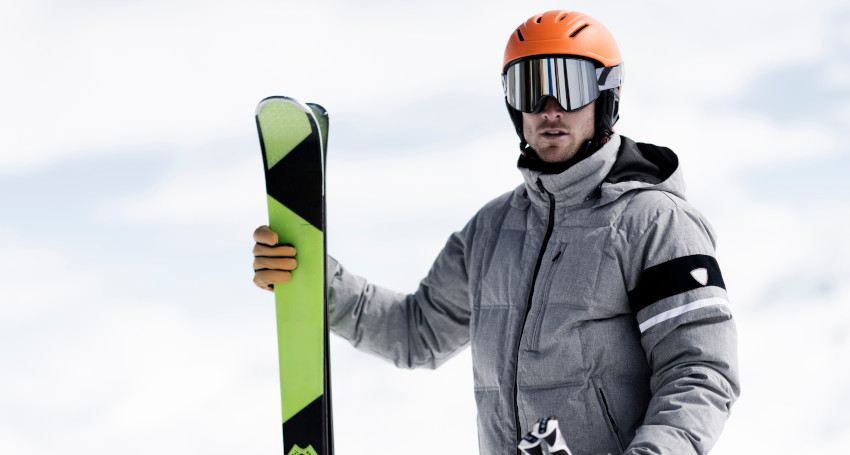
Pros and Cons of Over-the-Glasses (OTG) Ski Goggles
Over-the-Glasses (OTG) ski goggles are a popular solution for skiers who wear glasses. These goggles are designed with a larger interior space to accommodate glasses, reducing the discomfort caused by pressure on the temples and nose bridge. They also feature anti-fog coatings and vents to minimize lens fogging. However, these goggles can still limit peripheral vision and may not fit all glasses styles or sizes. OTG ski goggles provide better stability compared to regular glasses. They are designed to stay securely in place, even during vigorous skiing. This eliminates the need for constant readjustments, allowing skiers to focus on their sport. In terms of protection, OTG ski goggles offer significant advantages. They provide comprehensive coverage, shielding the eyes from wind, snow, and ice. They also feature UV protection, reducing the risk of snow blindness. Despite these benefits, OTG ski goggles also have some downsides. They can be bulky and may not be as comfortable as regular glasses. They can also be more expensive, especially those with advanced features such as photochromic lenses or integrated fans for improved ventilation. For those who cannot or do not want to wear contact lenses, prescription ski goggles are another option. These goggles have prescription lenses built into the design, eliminating the need for glasses underneath. They offer the same benefits as OTG ski goggles, including stability, protection, and anti-fog features. However, they can be even more expensive and may not be suitable for those with complex prescriptions. Overall, while skiing with glasses presents challenges, there are solutions available to help skiers enjoy their sport while maintaining good vision. The choice between regular glasses, OTG ski goggles, and prescription ski goggles depends on individual preferences, needs, and budget.lasses. These goggles, designed with extra space to accommodate glasses, offer a more comfortable and secure option for skiing. They also have anti-fog features, such as double lenses and venting systems, which can significantly reduce the issue of fogging while skiing in the mountains. However, OTG ski goggles also have their drawbacks. The extra space needed for glasses can make these goggles bulkier and heavier than regular ski goggles. This can be uncomfortable, especially during long periods of use. Furthermore, the fit of the goggles over glasses can vary, depending on the size and shape of the glasses, which may require trying on multiple pairs to find a suitable fit. Despite these cons, many skiers find that the benefits of OTG ski goggles outweigh the drawbacks. They offer a viable solution to the challenges of skiing with glasses, providing improved comfort, stability, and visibility. However, the decision ultimately depends on individual needs and preferences.
Exploring Prescription Ski Goggles as a Solution
Prescription ski goggles are an innovative solution for winter sports enthusiasts requiring optical correction. Unlike standard eyewear, ski goggles are specifically tailored for the challenging environment of the mountains. They deliver clear vision across a spectrum of weather conditions and offer robust protection against snow, wind, and harmful UV rays. These ski goggles are designed to endure the demands of skiing, crafted from resilient materials to resist impact and withstand severe weather. This durability makes them a superior option to regular glasses, which can easily become damaged or dislodged during vigorous sports activities. Moreover, prescription ski goggles negate the need for contact lenses, which can induce discomfort or dry eyes in colder climates. The integration of corrective lenses into the ski goggles is a significant advantage. It eradicates the necessity to wear glasses underneath, which can be uncomfortable and may fog up, obscuring vision. Prescription ski goggles are available in a range of prescription strengths, ensuring that individuals with diverse visual requirements can locate an appropriate pair.
Features and Benefits of Prescription Ski Goggles
Prescription ski goggles are equipped with features that make them an optimal choice for outdoor sports enthusiasts. One of the primary benefits is their capacity to provide clear, uninterrupted vision on the slopes. These goggles incorporate high-quality lenses that correct vision while simultaneously reducing glare and augmenting contrast, enabling users to perceive the terrain more distinctly. These ski goggles also offer superior protection against the elements. They are designed to seal around the eyes, preventing wind, snow, and debris from entering. The lenses are coated with anti-fog treatments to inhibit condensation build-up, ensuring clear vision even in humid conditions. Furthermore, most prescription ski goggles deliver 100% UV protection, shielding the eyes from harmful solar radiation. Comfort is another essential aspect of prescription ski goggles. They are designed to fit securely around the face, with adjustable straps for a personalized fit. The interior is padded with soft foam to ensure comfort during prolonged use. Additionally, the lightweight design minimizes pressure on the face, making them comfortable to wear for extended periods.
Guide on Choosing the Right Prescription Ski Goggles
Selecting the appropriate prescription ski goggles can significantly enhance your skiing experience. The first factor to consider is the prescription strength. Ensure that the goggles align with your current prescription to provide clear vision on the snow. The lens type is another critical consideration. Various lens options are available, including polarized, photochromic, and mirrored lenses. Polarized lenses minimize glare, photochromic lenses adapt to light conditions, and mirrored lenses reflect light away, reducing eye strain. Choose a lens type that caters to your specific needs and preferences. Comfort and fit are also vital when selecting prescription ski goggles. They should fit snugly around your face without causing discomfort. Opt for goggles with adjustable straps and soft foam lining for maximum comfort. Lastly, consider the durability of the goggles and their UV protection. Ensure they are constructed from robust materials to withstand impact and offer 100% UV protection to safeguard your eyes from harmful solar radiation.

Considering Contacts as an Alternative
Contact lenses, a popular alternative to glasses, offer a broad field of vision, essential for sports like skiing. Skiers often prefer contacts over glasses due to their compatibility with ski goggles and their resistance to fogging, a common issue with glasses in cold mountain conditions. However, the use of contacts in sports, particularly skiing, brings its challenges, such as the need for strict hygiene and the potential for discomfort in cold and windy mountain conditions. Contacts provide skiers with a natural field of vision, unobstructed by the frame of glasses. This broad vision is crucial for navigating the slopes and avoiding potential hazards. Furthermore, contact lenses are less likely to fog up or get wet from snow, ensuring clear vision throughout your skiing session. A switch from glasses to contacts for skiing should be a decision made in consultation with an eye care professional. Factors such as eye health, comfort with handling contacts, and personal preferences need to be considered. The type of contact lenses, from daily disposables to extended wear lenses, should also be evaluated for suitability for skiing.
The Practicality of Wearing Contacts for Skiing
Contacts offer practical benefits for skiing. Unlike glasses, contacts do not fog up or get dislodged during intense skiing activities. They provide a wider field of vision, enhancing safety and performance on the snow-covered slopes. However, the use of contacts requires meticulous care and handling to maintain optical health. The dry, cold conditions in the mountains can cause discomfort when wearing contacts. To mitigate this, consider using lubricating eye drops designed for contact lens wearers. It’s also important to always have a backup plan, such as carrying a spare pair of lenses and your glasses, in case of any issues with your contacts while skiing.
Tips for Comfortably Wearing Contacts with Ski Goggles
Wearing contacts with ski goggles can improve the skiing experience, but it’s essential to ensure comfort and optimal vision. Firstly, ensure your ski goggles fit well to prevent wind or snow from getting into your eyes, causing discomfort or dislodging your lenses. Secondly, consider using lubricating eye drops before and during your skiing session. This can prevent dryness and discomfort caused by the cold, windy mountain conditions. However, always ensure the eye drops are compatible with your contact lenses. Always have a spare pair of contacts and your glasses with you when skiing. If your contacts become uncomfortable or if a lens gets lost in the snow, you’ll have a backup option available. Lastly, remember to remove your contacts and clean them thoroughly at the end of the day to prevent any potential eye infections.

Ensuring Clear Vision and Comfort While Skiing
When engaging in winter sports such as skiing, maintaining clear vision is of utmost importance. The challenging conditions on the mountains demand high-quality skiing eyewear to ensure optimal optical performance. Ski goggles are specifically designed to provide protection and clarity in the harsh winter environment. They are equipped with special features such as anti-fogging technology, UV protection, and a secure fit to ensure optimal performance on the slopes. The selection of appropriate skiing eyewear is a critical aspect of preparing for this sport. The goggles should provide a wide field of view, resist fogging, and protect against harmful UV rays. The fit should be comfortable yet secure to prevent the goggles from slipping off during the activity. Premium ski goggles also feature adjustable straps and padding for added comfort and convenience. The lens type is another important factor to consider when choosing ski goggles. Cylindrical and spherical are the two main types of lenses. Cylindrical lenses are curved horizontally and flat vertically, providing good performance at a lower cost. Spherical lenses, on the other hand, are curved both horizontally and vertically, offering superior peripheral vision and less distortion.
Preventing Fogging When Wearing Glasses or Goggles
Fogging is a common problem when wearing glasses or goggles during physical activities like skiing. This is caused by the warm air from your body meeting the cold lens surface, creating condensation. However, there are several effective strategies to prevent this issue and maintain clear vision. One of the most effective ways to prevent fogging is to use anti-fogging products. These products come in various forms, such as sprays, wipes, and gels, and can be applied directly onto the lens surface. They create a thin, invisible barrier that prevents moisture from condensing on the lens, thereby eliminating fogging. Another strategy is to ensure proper ventilation in your goggles. Many ski goggles are designed with vents at the top and bottom to allow air circulation, which helps to dissipate the warm air and reduce fogging. It’s crucial to avoid blocking these vents with scarves, hats, or other items. Choosing goggles with double-layer lenses can also help to prevent fogging. These goggles have an inner lens that is separated from the outer lens by a thin layer of air, which serves as an insulator and reduces condensation.
Comparing All Options: Glasses, Contacts, and Prescription Goggles
When it comes to skiing eyewear, there are three main options: glasses, contacts, and prescription goggles. Each has its pros and cons, and the best choice depends on individual preferences and needs. Glasses are a convenient option for those who already wear them in daily life. However, they can be uncomfortable to wear under ski goggles, and they are prone to fogging. Anti-fogging products can help, but they may need to be reapplied frequently. Contacts are a popular choice among skiers because they provide a wider field of vision than glasses and don’t fog up. However, they can be difficult to manage on the slopes, especially for those who are not used to wearing them. They can also cause discomfort if they become dry or dislodged. Prescription goggles are the most comfortable and convenient option for those who need vision correction. They are specifically designed to fit over glasses, providing clear vision without the discomfort or fogging issues associated with wearing glasses under regular goggles. They can be more expensive than the other options, but many skiers find the benefits to be worth the extra cost.
More Posts
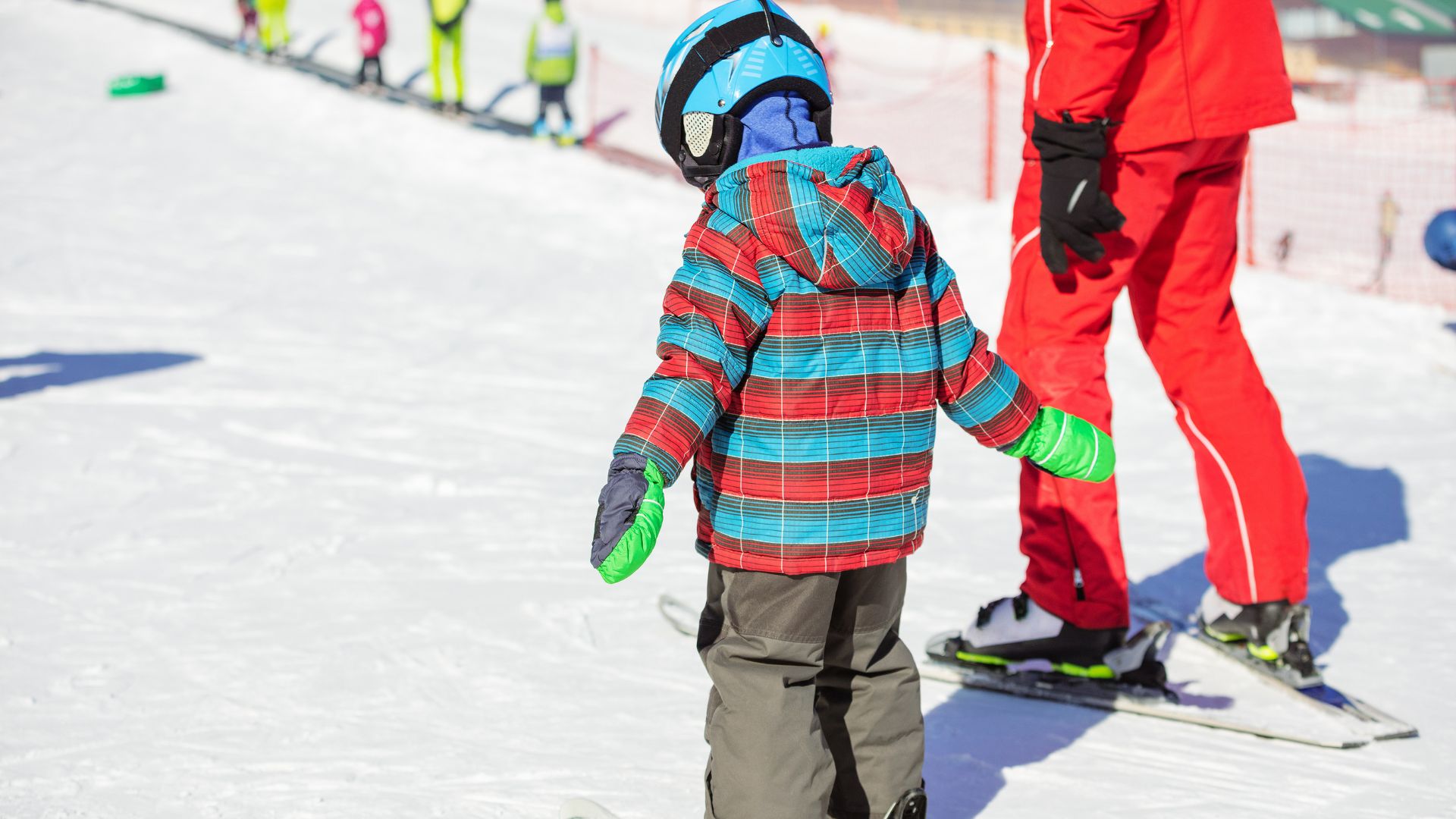
How to Teach Kids to Ski: A Complete Parent’s Guide
Skiing is a magical winter sport that can bring families closer together and create lifelong...
read More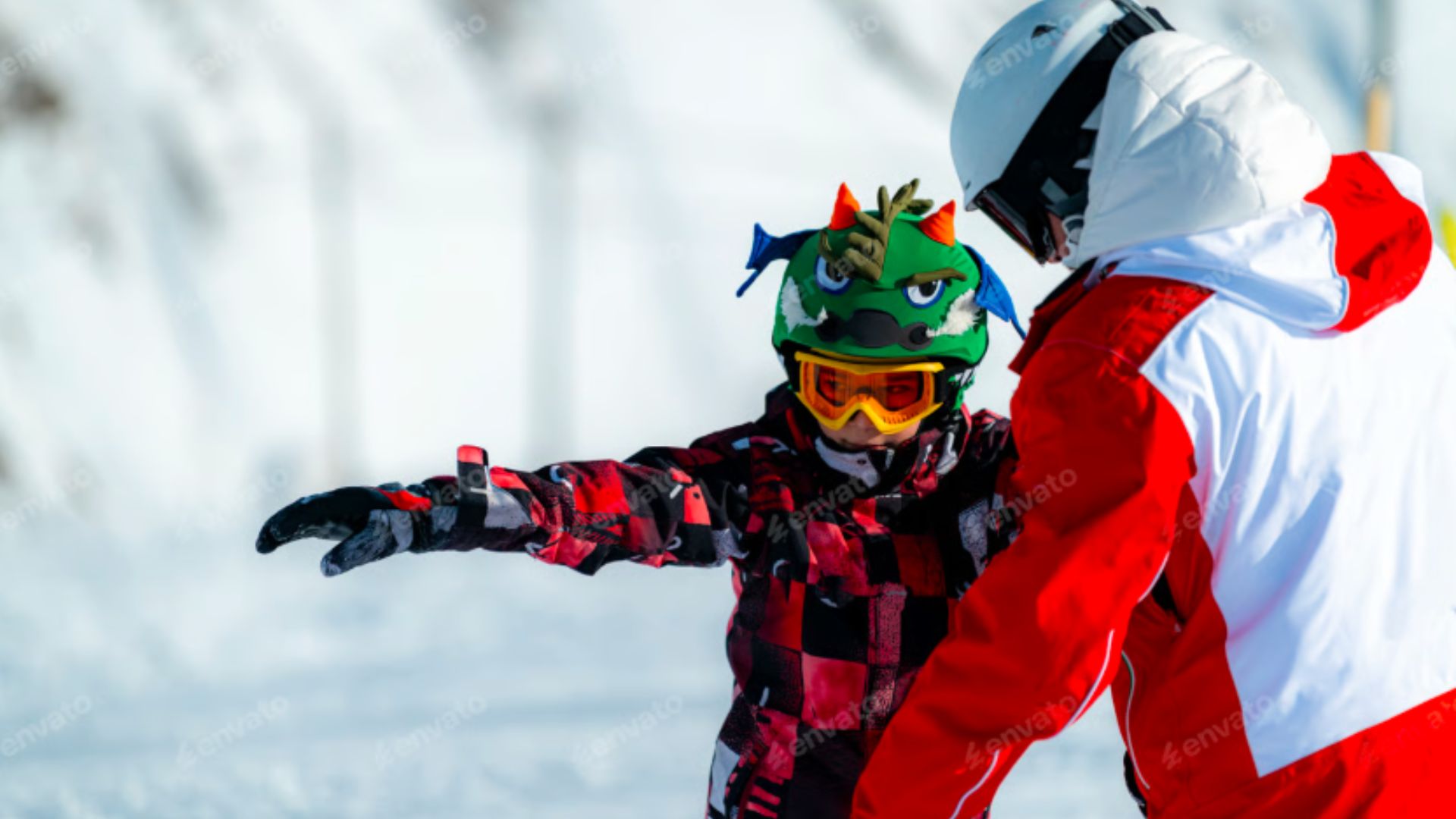
Ski Teaching Techniques: Mastering the Art of Ski Instruction
Teaching skiing is more than guiding someone down a slope—it’s about using ski teaching techniques...
read More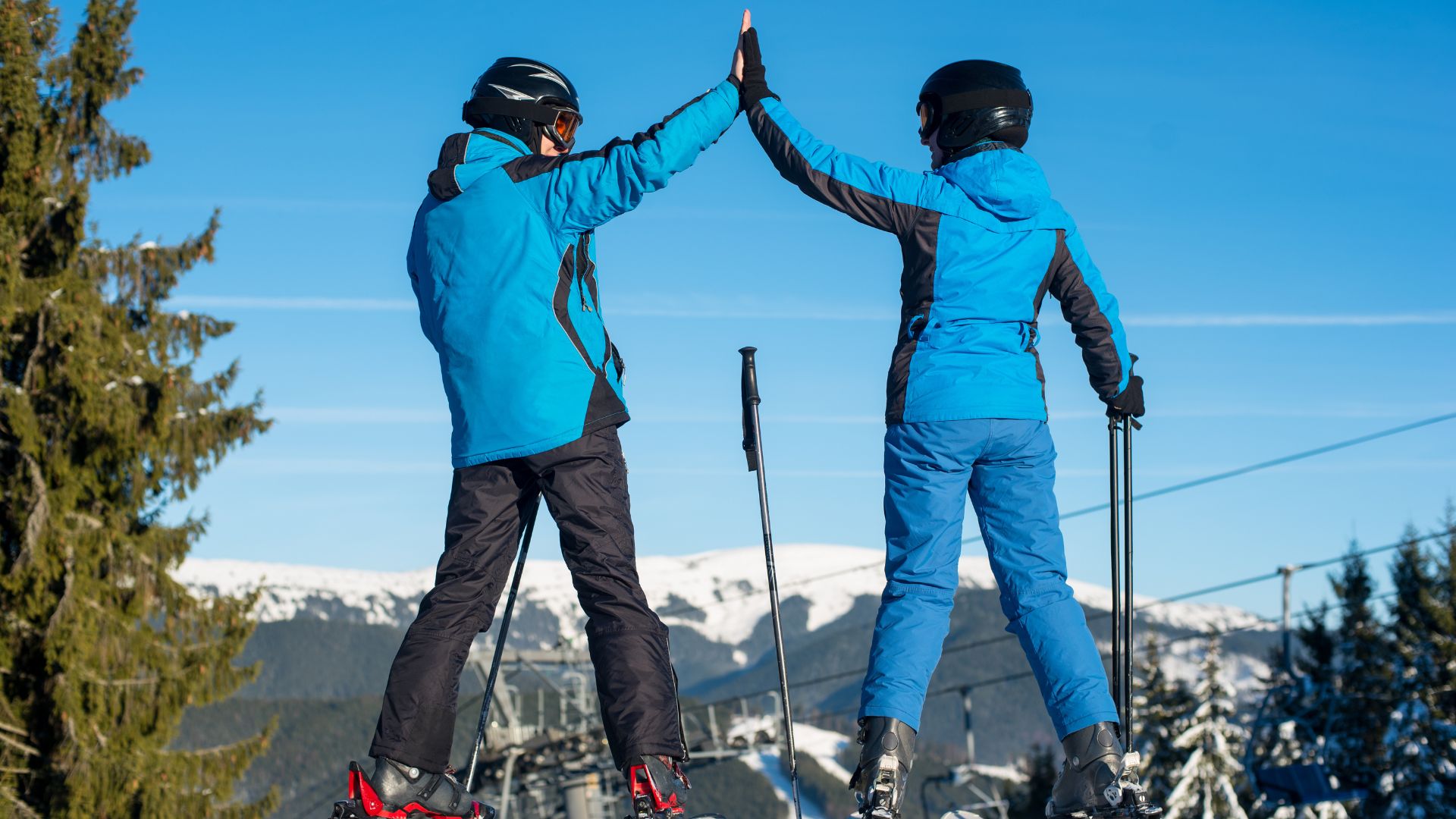
How to Become a Private Ski Instructor and Build Your Career on the Slopes
If you’ve ever dreamed of turning your passion for skiing into a career, you’ve probably...
read More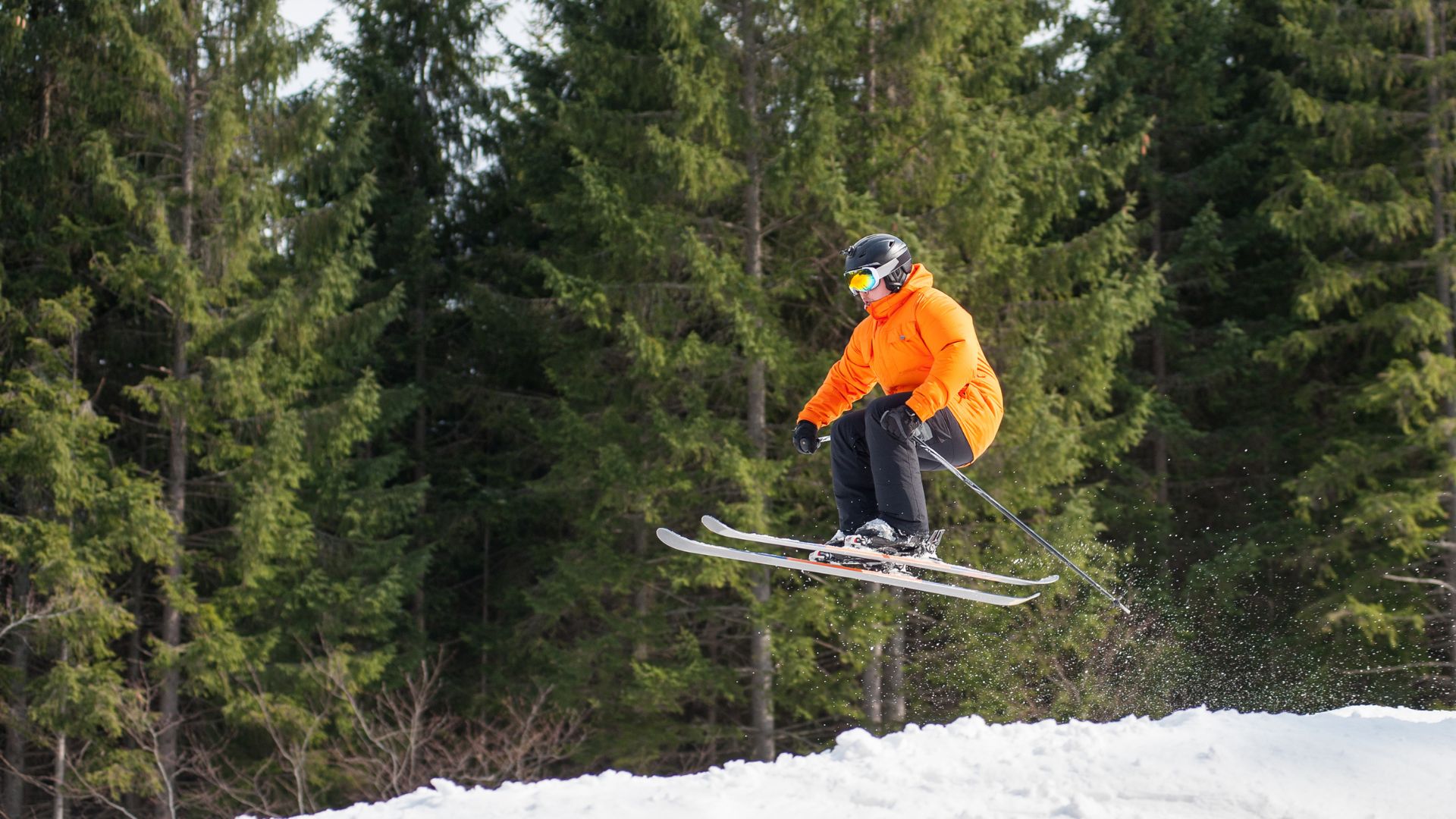
Where Can I Learn to Ski Jump: Lessons, Schools, and Tips
If you’ve ever watched athletes soar gracefully off a ski jump and wondered, where can...
read More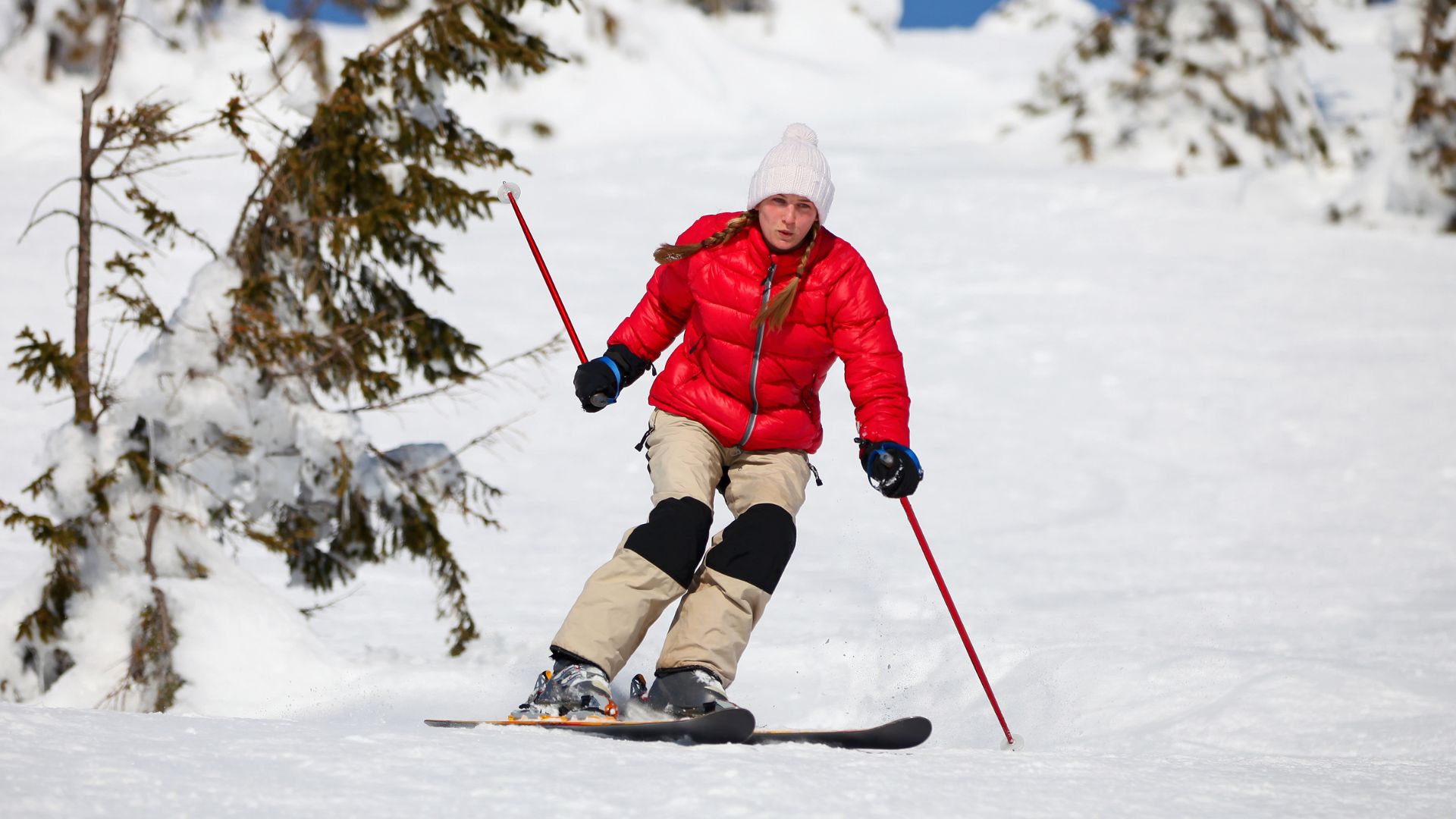
Skiing Safety Tips for Beginners: A Complete Guide to Staying Safe on the Slopes
If you’re new to skiing, the excitement of hitting the slopes can quickly turn overwhelming...
read More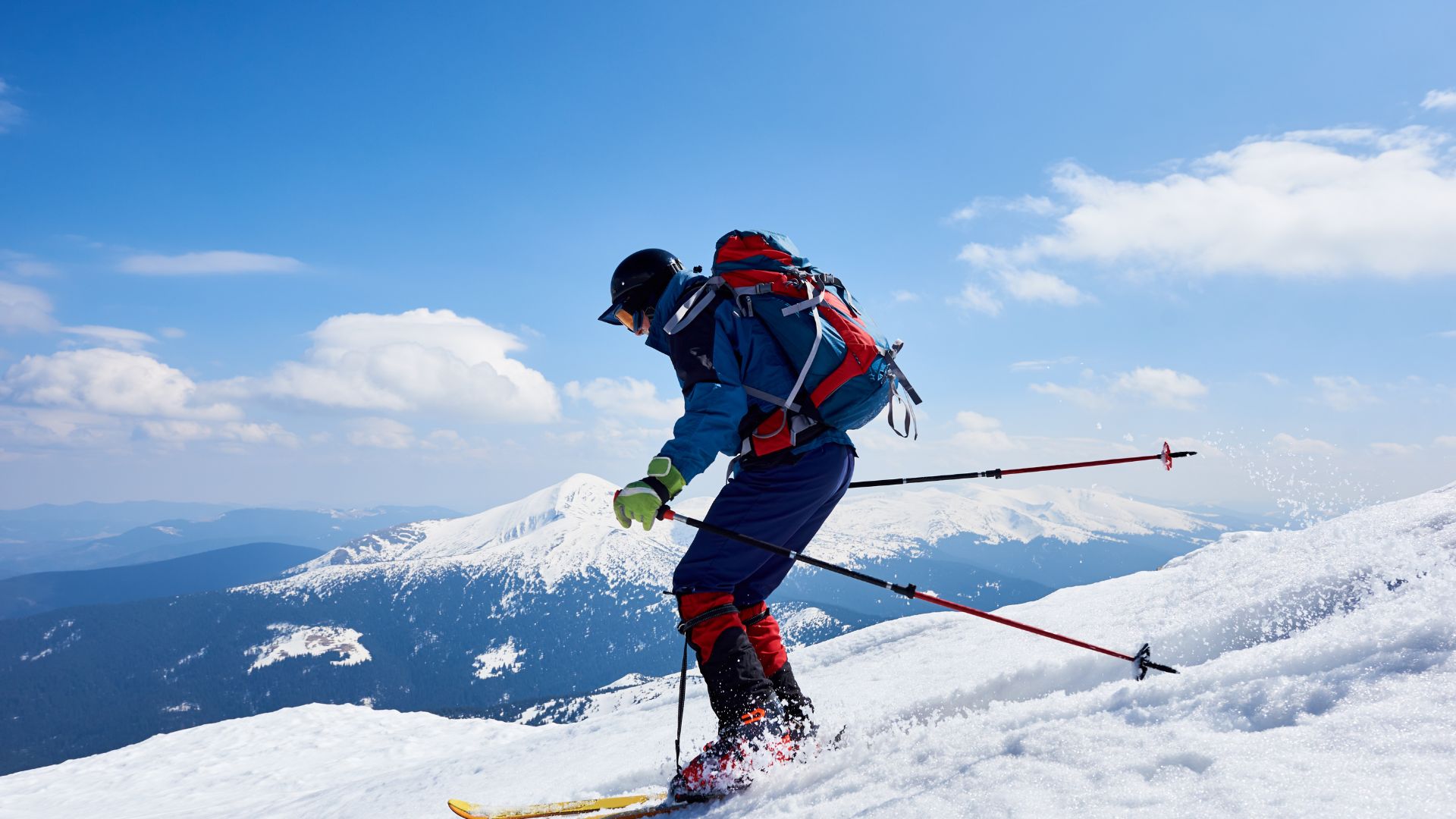
Off Piste Ski Training: Master Backcountry Skiing
Off piste ski training is essential for anyone wishing to elevate their skiing skills beyond...
read More